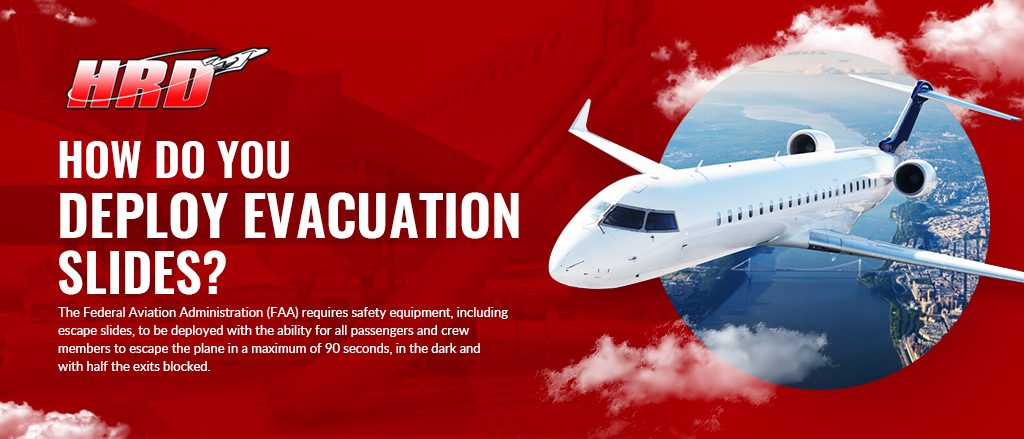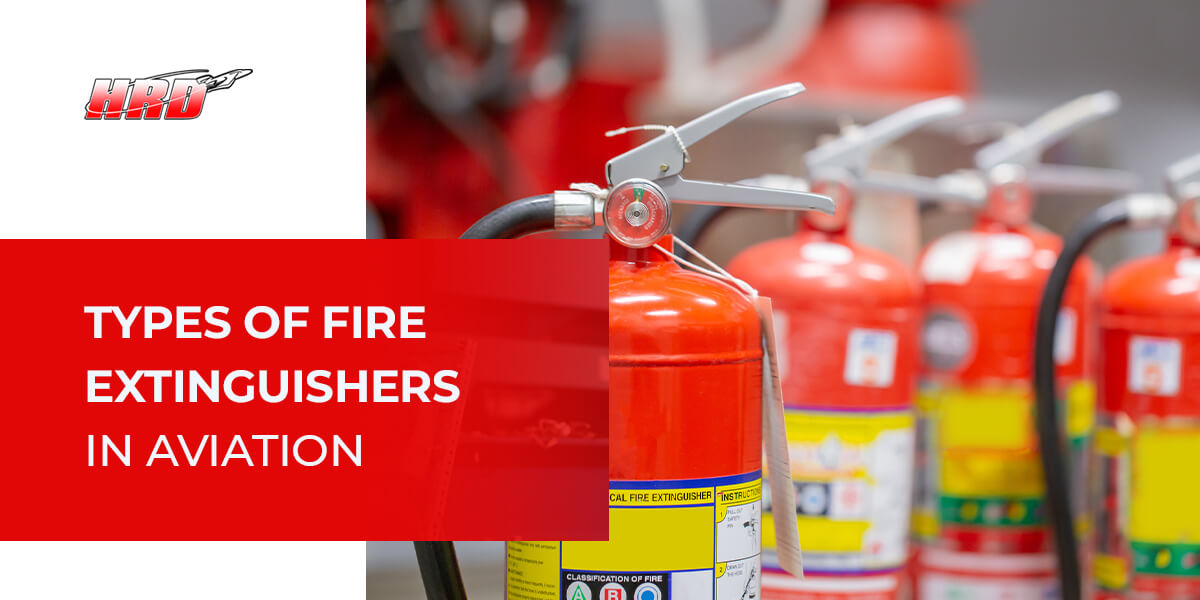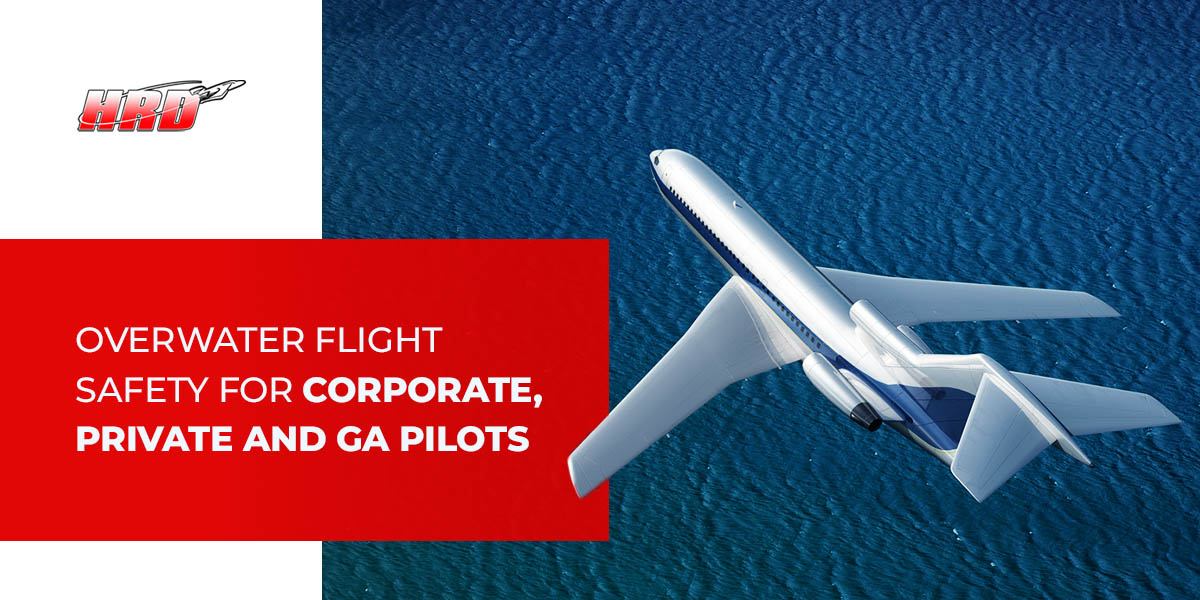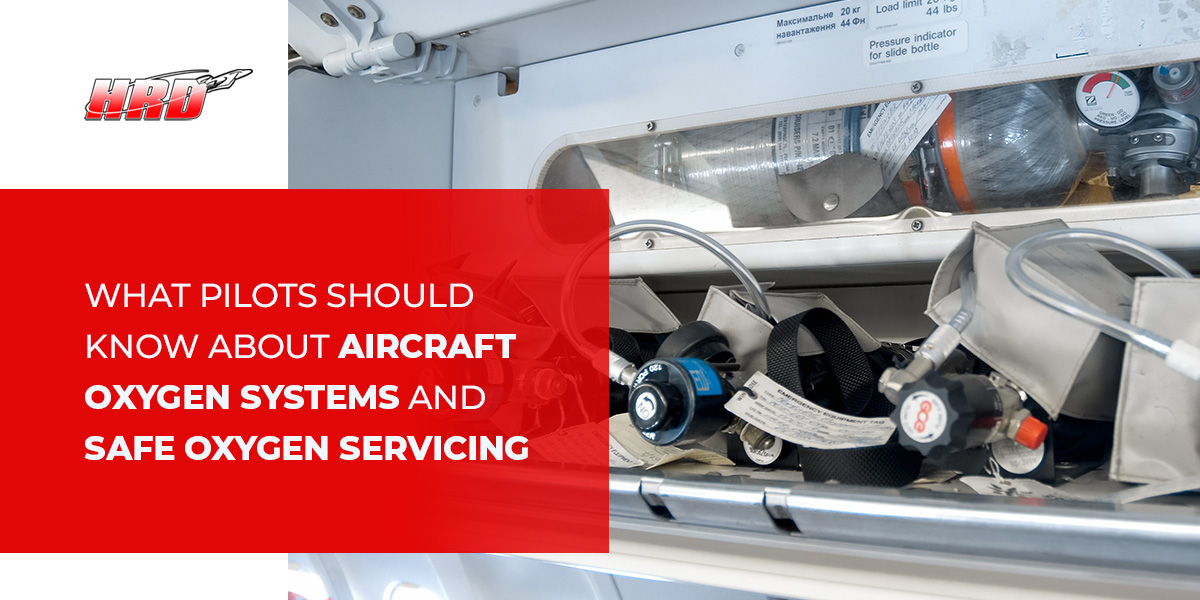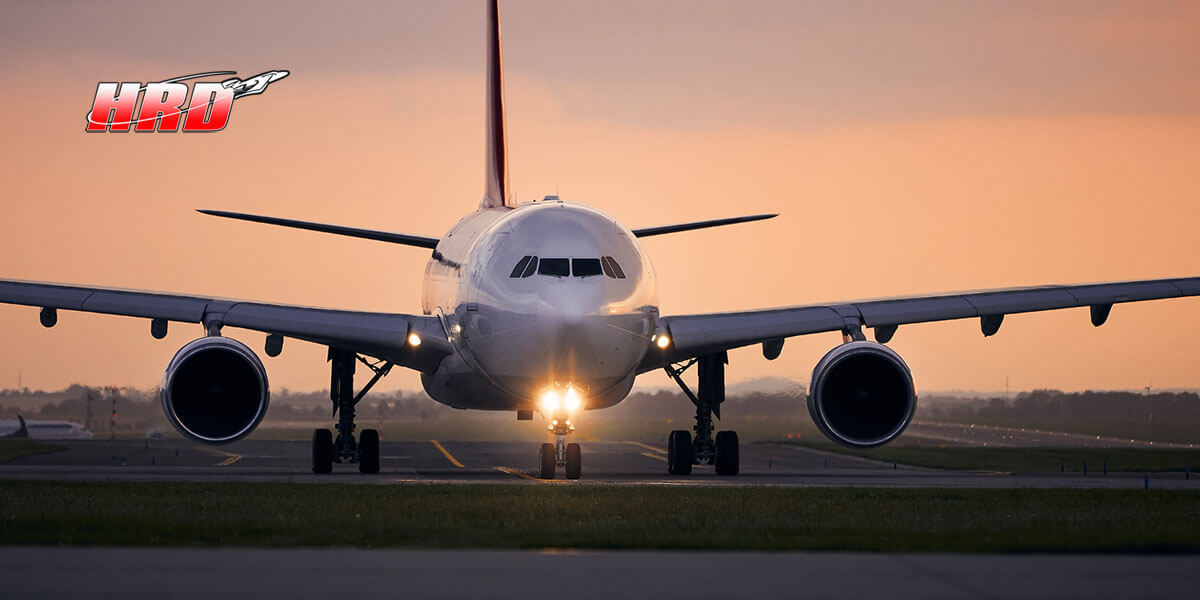How Do Aircraft Evacuation Slides Work?
Inflatable aircraft escape slides allow passengers to safely exit a plane during an emergency when environmental hazards like water or fire make standard exits unsafe. There are four types of slides: land slides, rafts, off-wing exit ramps and combination exit ramps and slides. Passengers and crew members can also use emergency escape slides as life rafts during a water evacuation, as the slides detach from the rest of the aircraft. Emergency slides have either single or double lanes, with wider slides more rapidly evacuating more people.
In June 2016, the engine and right-wing of a Singapore Airlines Boeing 777-300 caught fire. Rather than using the evacuation slides, crews decided to evacuate guests with a set of mobile stairs. When using the stairs, it took 40 minutes for the crew to make a decision, the stairs to be positioned and all crew and passengers to safely evacuate.
On the other hand, an Asiana Airlines Boeing 777-200 crashed and caught fire on its descent to San Francisco. After 93 seconds, crew members deployed the first two emergency slides. While the evacuation wasn’t flawless and the crash was so severe it resulted in three fatalities, crew members and passengers evacuated the aircraft in a fraction of the time it took to evacuate with stairs.
Knowing how emergency slides work is crucial for people who work with airplanes. Below, we’ll discuss how to use plane evacuation slides, how they’re manufactured, how to maintain them and when you should replace them.
How Do You Deploy Evacuation Slides?
The Federal Aviation Administration (FAA) requires safety equipment, including escape slides, to be deployed with the ability for all passengers and crew members to escape the plane in a maximum of 90 seconds, in the dark and with half the exits blocked. Understanding proper emergency slide deployment can save lives, prevent injury, limit delays and avert unnecessary costs. Accidental emergency slide deployment can happen from a malfunction or user error in disarming the doors.
Emergency escape slides are located inside cabin doors or in external fuselage compartments. Regardless of where slides are located, they must be light and compact for easy storage and quick deployment. High-pressure gas carbon dioxide or nitrogen gas containers rapidly inflate plane evacuation slides after a crew member opens the aircraft door during flight, as the slide connects to the door with an interior lever called the girt. An emergency escape slide will pop out horizontally when fully inflated before lowering to stand at 25 feet.
Newer slides also have internal baffles to account for environmental factors like the wind by inflating the end of the slide closest to the aircraft first. Half-tie restraints keep the slide from drooping or blowing around during inflation.
In August 2016, the engine of an Emirates Boeing 777-300 in Dubai detached from the wing, causing a large fire and requiring evacuation. While the slide deployed, the wind blew it back up against the fuselage, blocking the exit. Internal baffles and half-tie restraints prevent similar incidents. Further, passengers tried to take baggage with them during evacuation.
Passengers should know all emergency evacuation locations and leave the aircraft quickly and without personal items if an evacuation occurs. Aircraft passengers must also follow the crew’s evacuation directions, including when to remain seated and directives to leave their baggage. When leaving the aircraft, they should confidently jump, putting their heads between their legs and crossing their arms to prevent skin irritation from the slide’s material. After evacuating, passengers should move as quickly away from the slide and aircraft as possible.
How Are Evacuation Slides Manufactured?
Manufacturing evacuation slides is incredibly complex. Manufacturers make escape slides from carbon fibers and a nylon material coated in urethane and sprayed with gray aluminized paint for fire resistance. Manufacturers use strong fibers to ensure passengers cannot tear the slides and remain safe during evacuation.
The pressurized cylinders that allow for rapid emergency slide deployment range from the size of a soda can to the size of a scuba tank. These cylinders send 3000psi to an aspirator that utilizes the Venturi Effect to instantly suck in atmospheric air, inflating the huge volume of the slide in just seconds. The cylinders’ small size allows for quick inflation without adding extra bulk and weight.
How Are Evacuation Slides Maintained?
The FAA requires that airlines hold a full safety equipment demonstration at full passenger capacity with volunteers from a range of demographics, 50% of the exits blocked and simulated evacuation conditions. Demonstrations also require half the average amount of baggage and other common items like blankets and pillows to obstruct parts of the aisle and emergency exits. Airlines must demonstrate they’ve adequately trained crew members in emergency procedures by completing the FAA training program.
Partial demonstrations must be conducted:
- Whenever an airline introduces a new aircraft model or type.
- After changing emergency evacuation procedures and policies.
- After changing emergency exits or operations.
When devising a maintenance plan for your plane evacuation slides, ensure you record every time the slide is deployed. Professionals should conduct maintenance on a regular schedule to find problems and prevent future failures. Consult the equipment manufacturer when determining how often to deploy evacuation slides for maintenance. Many manufacturers recommend checking all emergency equipment, including escape slides, every eight to 10 weeks.
During equipment testing and maintenance, check the following things:
- The electrical harness routing should be correct for the slide’s placement on the plane.
- Certified maintenance organizations should properly pack the slide with the correct calibrated restraints. Incorrect packing can cause slides to fail to inflate automatically. Aspirators should be packed directly under the outer cover for proper inflation.
- The door emergency actuator should be rigged correctly and reactivated after maintenance.
- The operator’s inlet or flapper valve should be unobstructed.
- The slide shouldn’t be ripped, torn or damaged.
- The girt bar and attachment latches should be cleaned and lubricated.
- Ensure the proper bottle inflation pressure.
Emergency escape slides typically last 15 years with proper maintenance.
HRD Aero Systems Repairs and Maintains Plane Evacuation Slides
At HRD Aero Systems, we’re on board with you. For over 30 years, our skilled team members have dedicated themselves to maintaining airline safety equipment, including inflatable safety equipment, fire extinguishers, oxygen systems and ATA containers. We’re also FAA, JAA and Airline approved and host multiple international offices, so you can rest assured you’re flying safe regardless of your location.
We’ll inspect, repair and prevent future damages to your aircraft safety equipment, offering three- to five-day turnaround for routine maintenance and 24-hour service for AOG or other unexpected maintenance requests. Contact us today to learn more about how our team can serve you!


